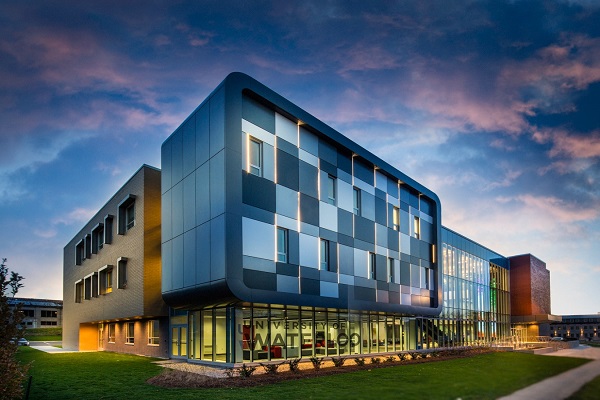University of Waterloo: Displacement, erasure, and the gentrification of vulnerable communities in ‘liveable’ Vancouver
Displacement, erasure of ties, and gentrification are all taking place in the historically working-class and low-income neighbourhoods of the City of Vancouver, a recent study shows.
Considered one of the most livable cities in the world, the study by University of Waterloo researchers investigated the differing expressions of Vancouver’s commitment to the concept of livability in the Northeast False Creek (NEFC) and the Downtown Eastside (DTES) neighbourhoods. By examining the two neighbourhoods’ histories, the study demonstrates that Vancouver’s commitment to livability does not address the city’s long-standing and growing inequalities.
“Vancouver’s planning history over the past five decades has been dominated by its very public efforts to become more’ livable.’ On the surface, it is difficult to be opposed to the idea of a livable city,” said Giuseppe Tolfo, a master’s student in the University of Waterloo’s School of Planning and co-author of the study.
“Therefore, scholars, planners, and practitioners must continue to question what liveability actually means, who benefits from planning the livable city, and who is excluded.”
In their detailed analysis of 37 planning documents and city council reports, Tolfo and professor Brian Doucet, who also co-authored the study, established that the City of Vancouver’s current definition, approaches and application of livability contributes to the gentrification of the vulnerable communities, across history.
“Our research seeks to reorient the concept of livability by rendering visible the conflicts needed to produce ‘livable’ spaces and by emphasizing the uneven social, spatial, and racial outcomes of planning for livability,” said Doucet, a Canada Research Chair in Urban Change.
The pair stress Vancouver’s low-income residents and vulnerable populations face a difficult future if there are no pertinent actions to stem the tide from shifts in the greater political economy of the city.
“Thinking about true livability from an inclusive or equitable perspective means considering movements demanding the universal right to housing, racial justice, public transportation and infrastructure, education, social infrastructure, food security, fair representation and democracy, and health services,” Tolfo said.
Tolfo and Doucet argue that when livability has very different meanings depending on the context; for instance, if land is transferred to a planning team with a less equitable interpretation of livability, gentrification can occur. “This happened in Vancouver when the land around a highway viaduct was shifted from DTES plans to planning for the NEFC,” said Doucet.
They recommend that planning and policymakers expand efforts to work with those committed to exposing histories that have been erased to pave the way for capitalist manifestations of ‘livability’ and centre displacement and exclusion in any analysis of what a livable city means.

